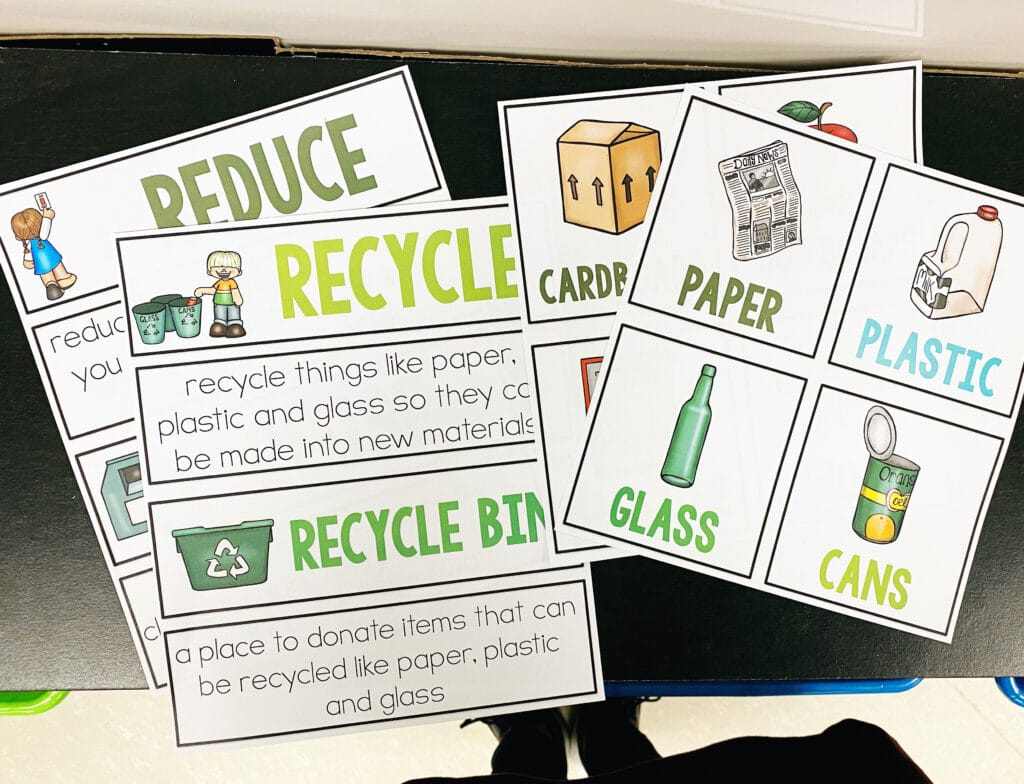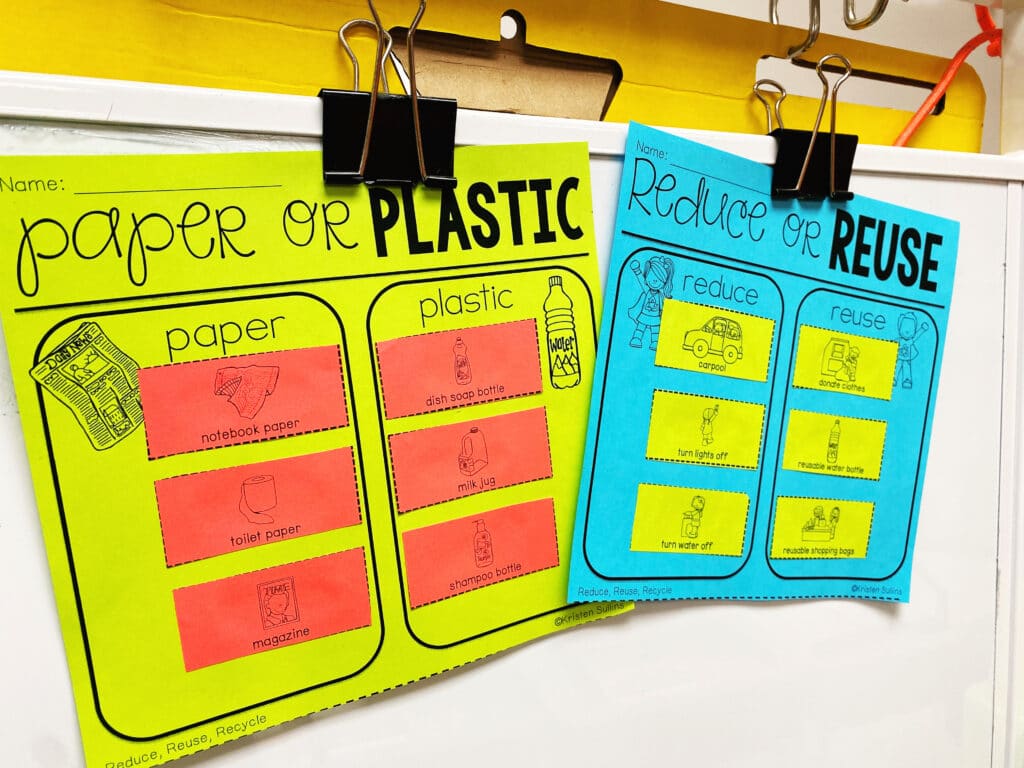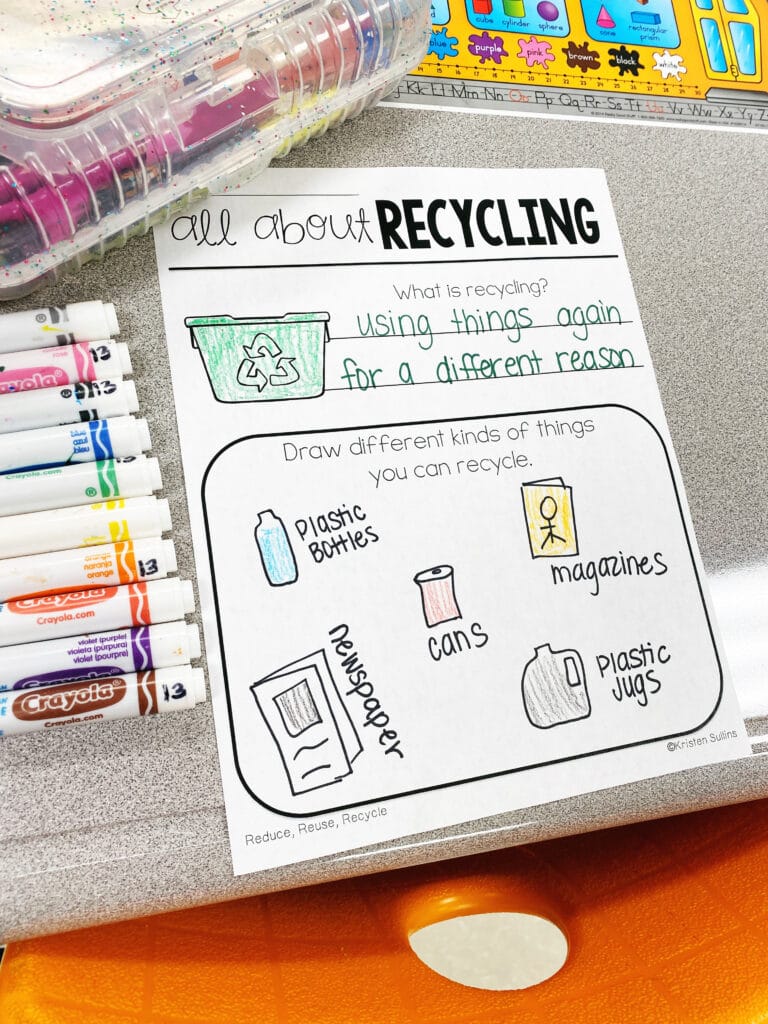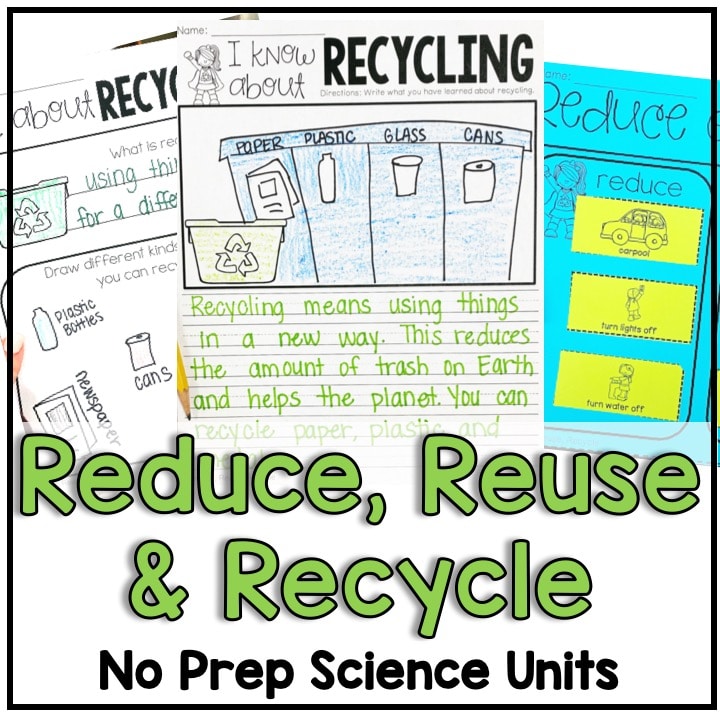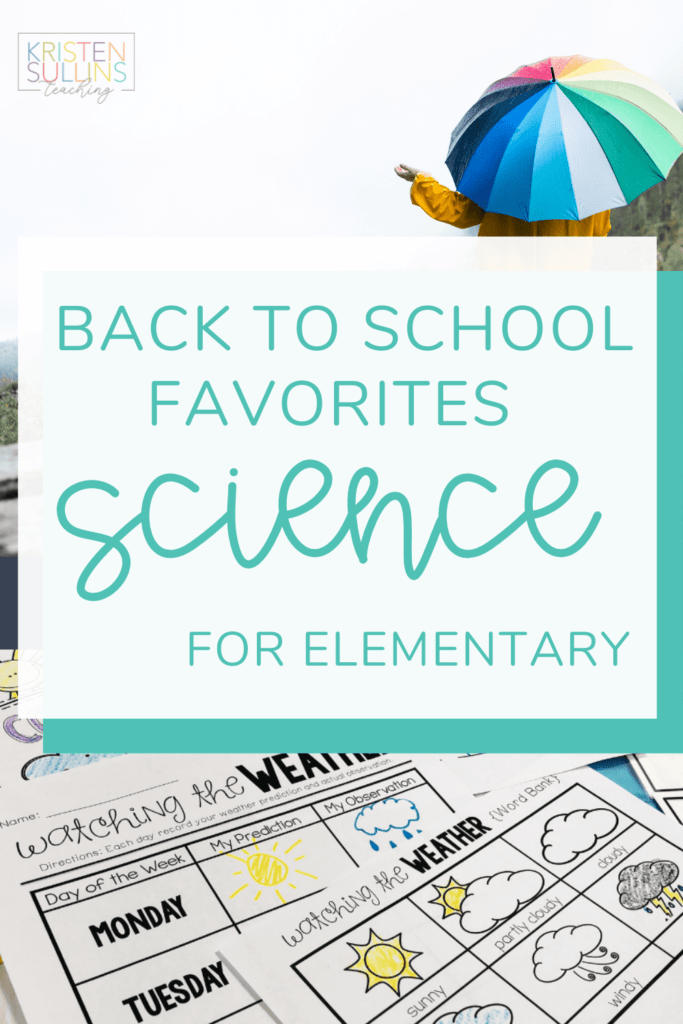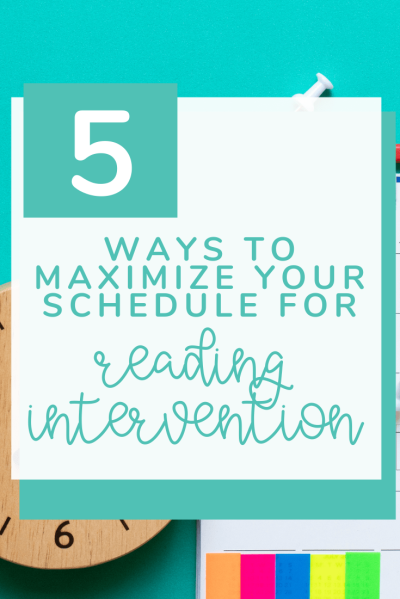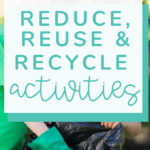Every April, in honor of Earth Day, I plan activities to help my first grade students learn what it means to reduce, reuse and recycle.
Our students may be young, but they are not too young to make a difference. There are little things that they can do at home that will help the Earth.
I love this unit because students start to feel empowered when they realize how easy it is to practice the three R's: reduce, reuse and recycle.
It never fails, after this unit students are always trying to pick up trash off the playground or asking to turn off the lights when we leave a room!
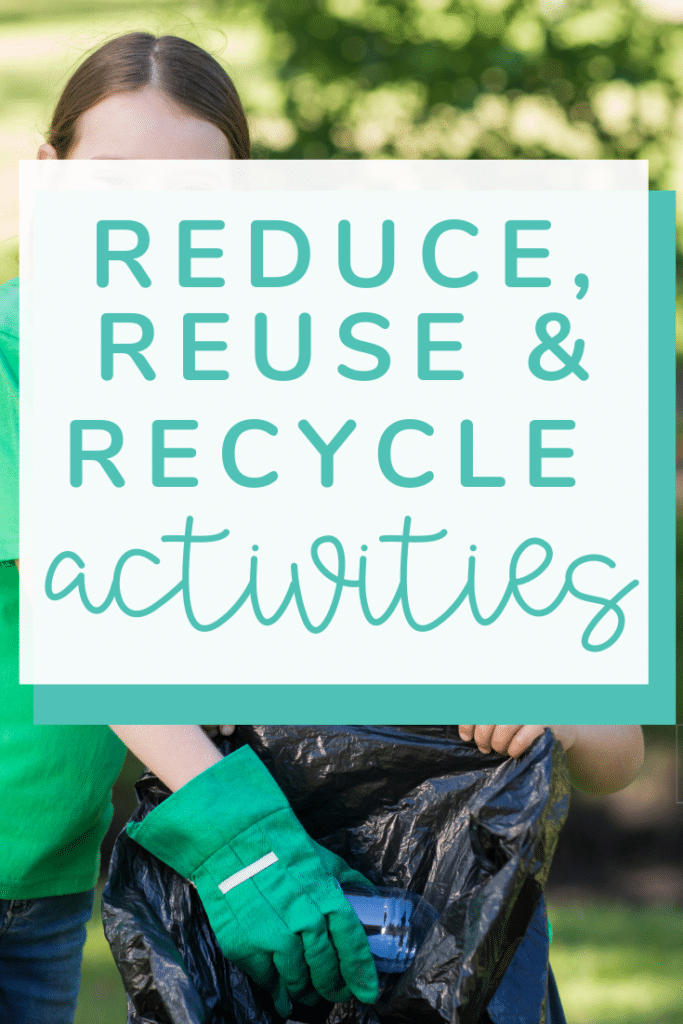
What are the three R's?
Even as an adult, remembering the difference between reduce, reuse and recycle can be confusing, so we always start our unit with vocabulary and examples!
We also talk about the different kinds of objects you can recycle: paper, plastic, glass, cans and cardboard.
This always gets my students' heads spinning when I ask them to think about things that they use EVERYDAY that could be recycled instead of thrown away.
Let me also preface that with saying that it can also get a little annoying after a while, lol.
Our next step is do some simple cut and paste activities (as seen on the left).
Cut and paste activities are the perfect independent activity to follow up a vocabulary introduction!!
In fact, I rely heavily on these cut and paste activities as “independent work time” so that I can steal 3-4 students for some extra reading or math intervention!
Read more here:
Real Life Examples of Reduce Reuse and Recycle
On day 2 or 3, depending on your schedule, we start digging more into real life examples of how to reduce, reuse and recycle.
I call this more “guided practice”, where I'm still leading most of the activity, but students are offering up ideas and examples.
We do these activities mostly together as a class, but I may stop 75% of the way through and let students finish on their own for independent practice.
I love the activity on the right (All About Recycling) because it is what I call “open ended”. I've been doing this activity for 5-6 years now and I have never once ended up with the exact same answers.
I love that it allows students to really tap into their own personal experiences and knowledge!
I also like to use these days to do activities that include word banks, because it is great practice for context clues and inferencing!
Or we do “finish the sentence” activities that, again, allow students to use their own personal experiences and knowledge to finish the sentence!
Informative Writing
Ahhh, the good stuff. Open ended writing is my absolute favorite. I have my students wrap up our unit on Reduce, Reuse and Recycle by writing what they learned.
This is the perfect way to integrate science and writing together!
Even better, my students will complete this activity during our allotted writing time OR during the writing station during guided reading.
Which means, my “science” time/last 20 minutes of the day is open for… you guessed it… reading and math intervention!!
I'm still hitting two major subject areas, but when you can combine them, you are saving planning time, time in the classroom and you are only having to prep half the resources! Genius, right?
Love these Activities?
All activities listed in this blog post can be found in my no prep Reduce, Reuse and Recycle science unit.
You can purchase it for $4.00 here!

